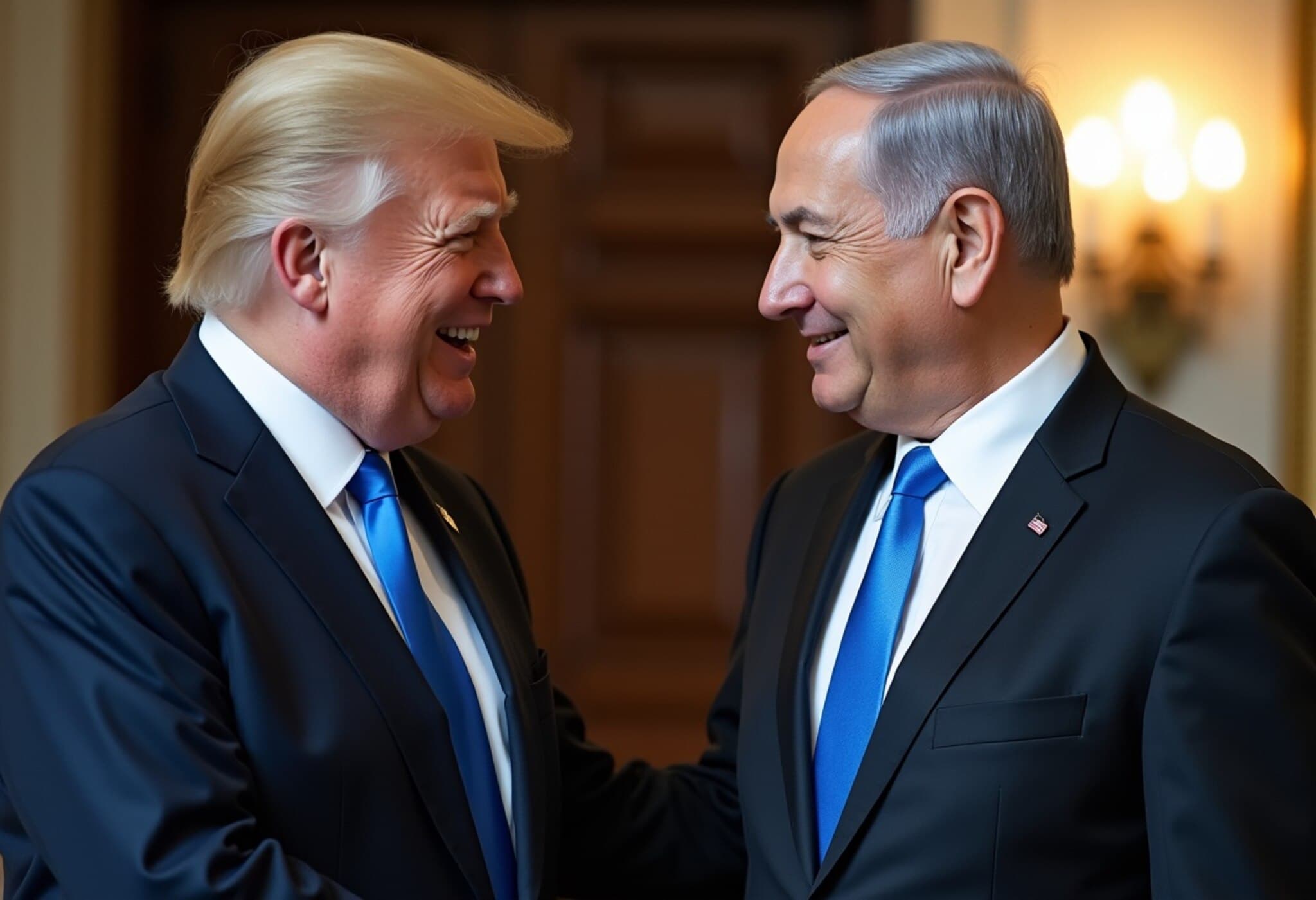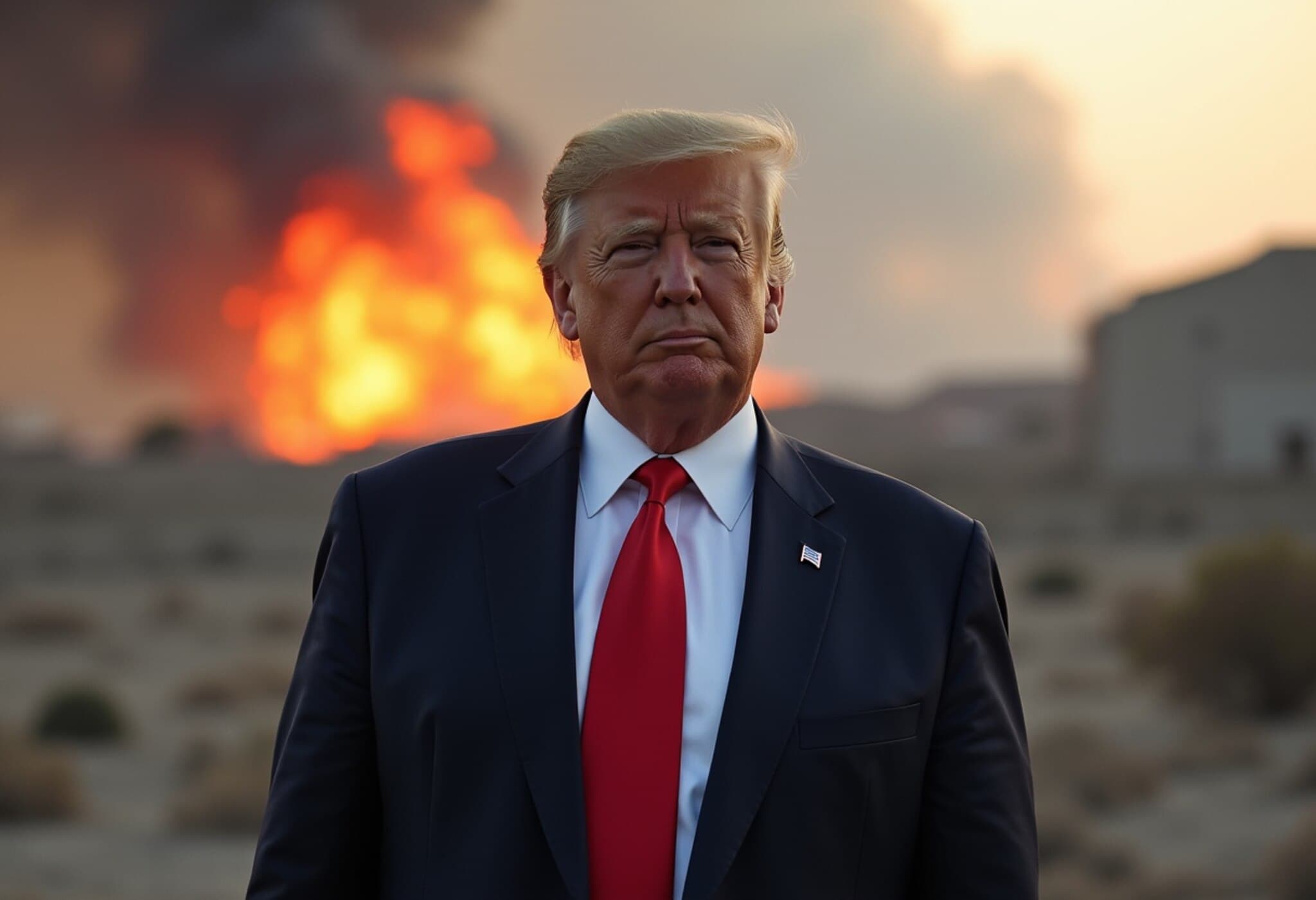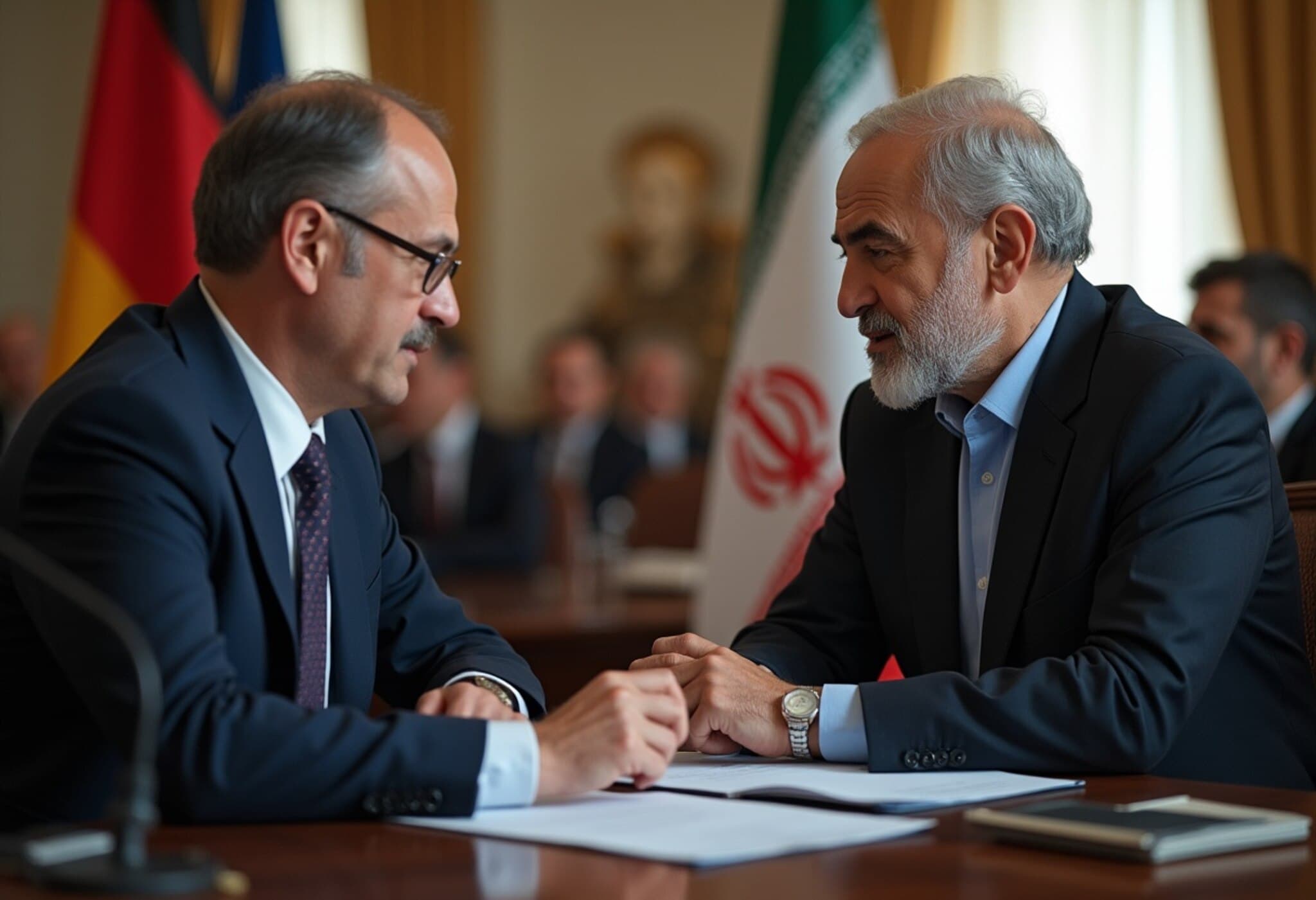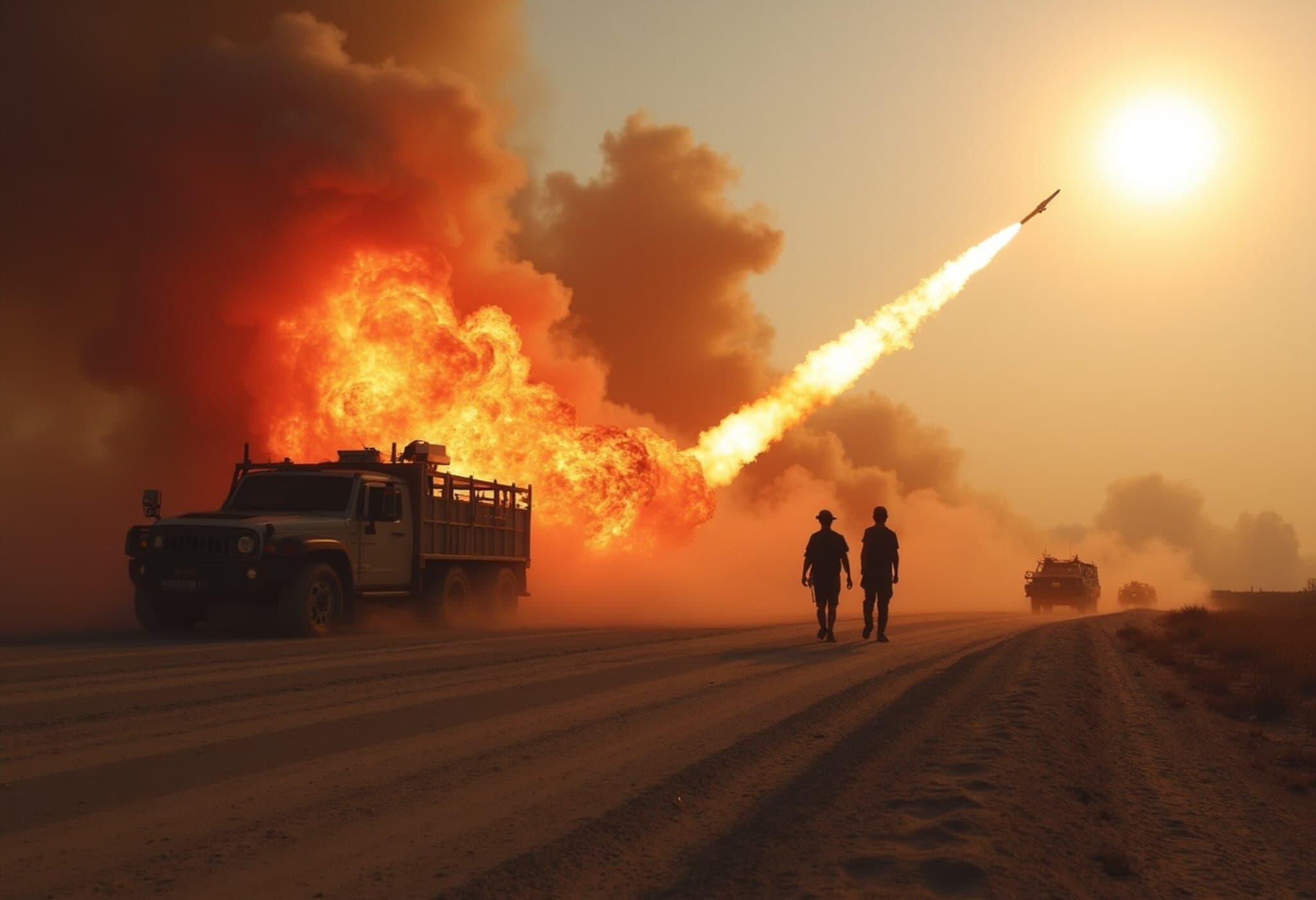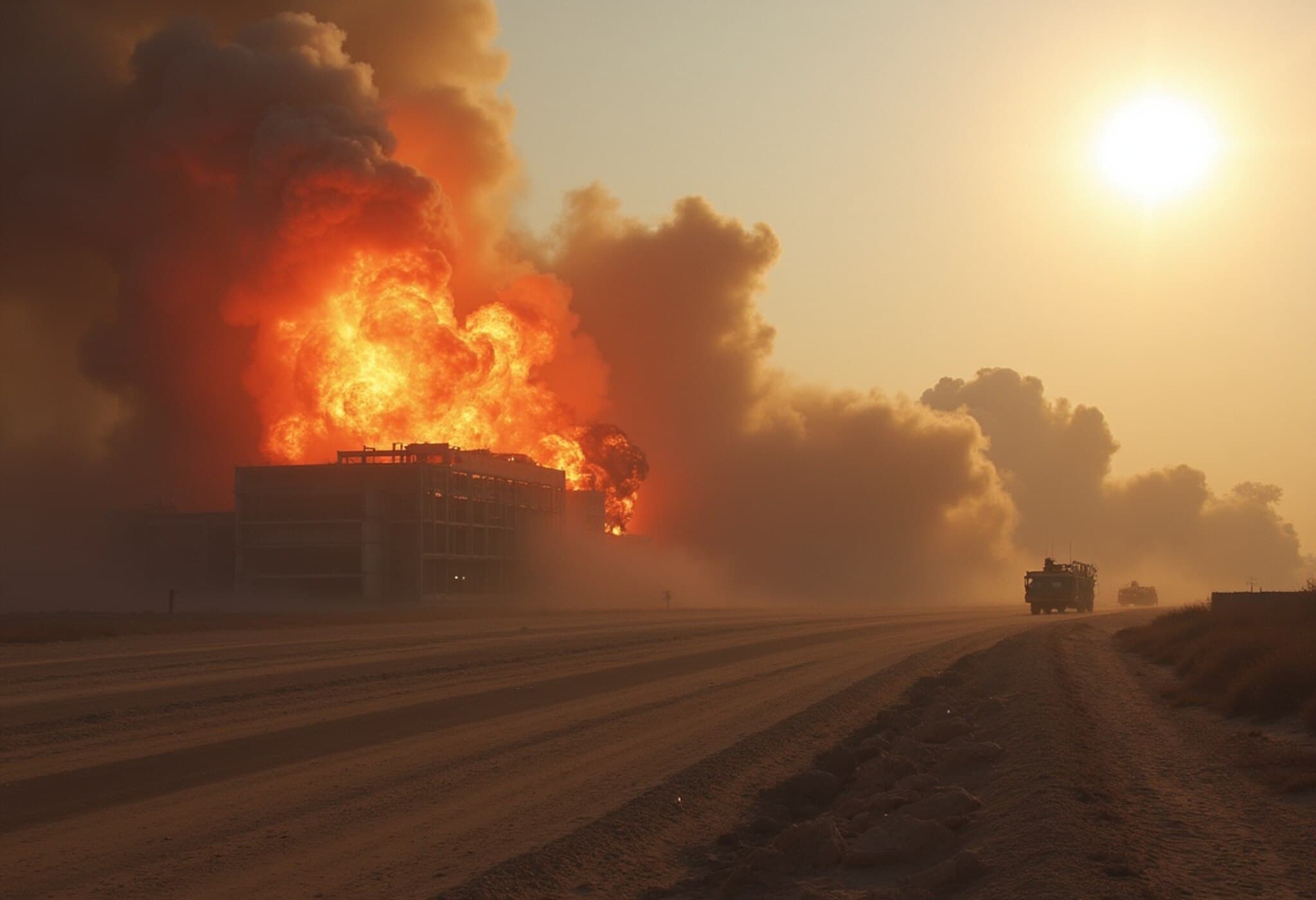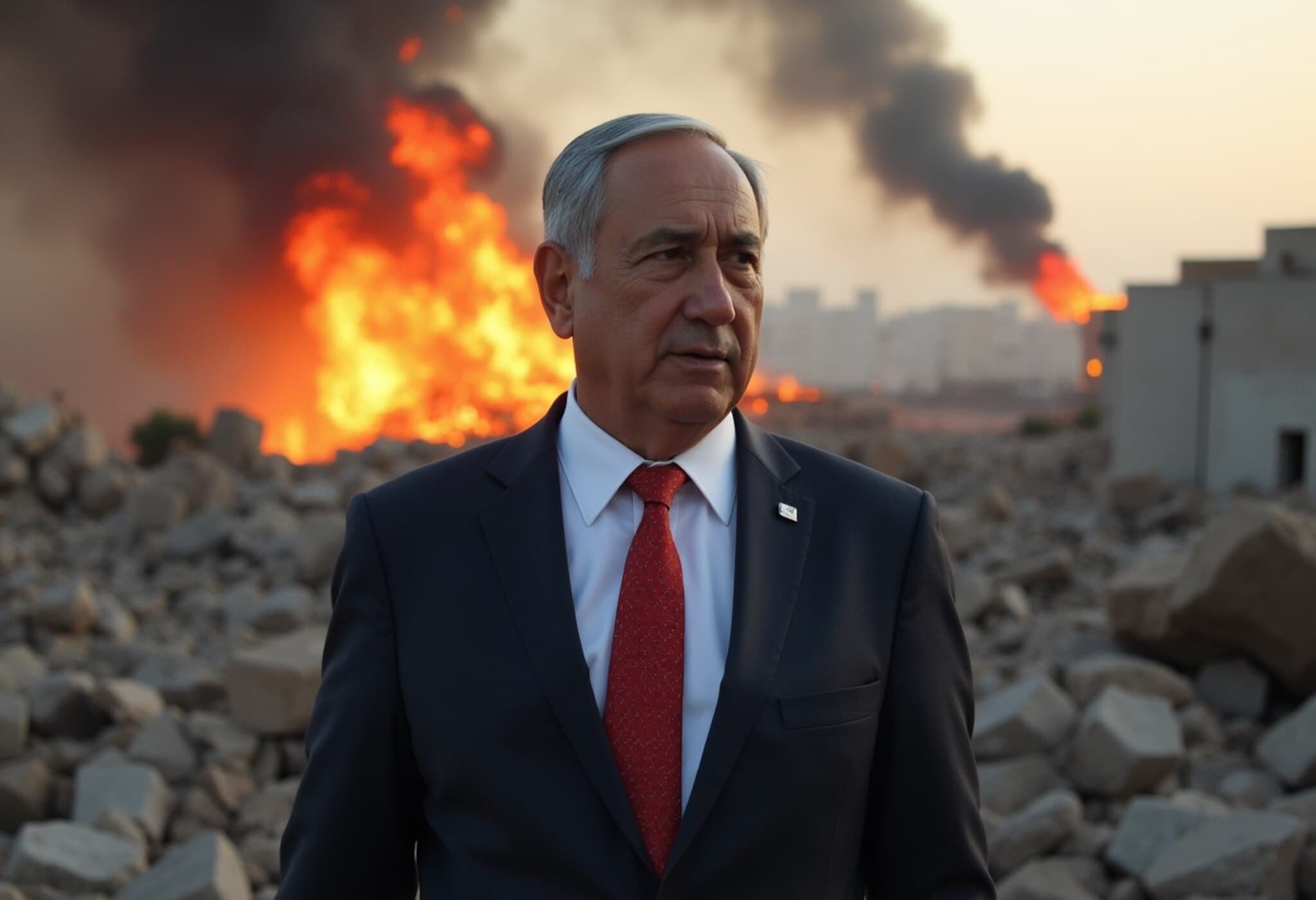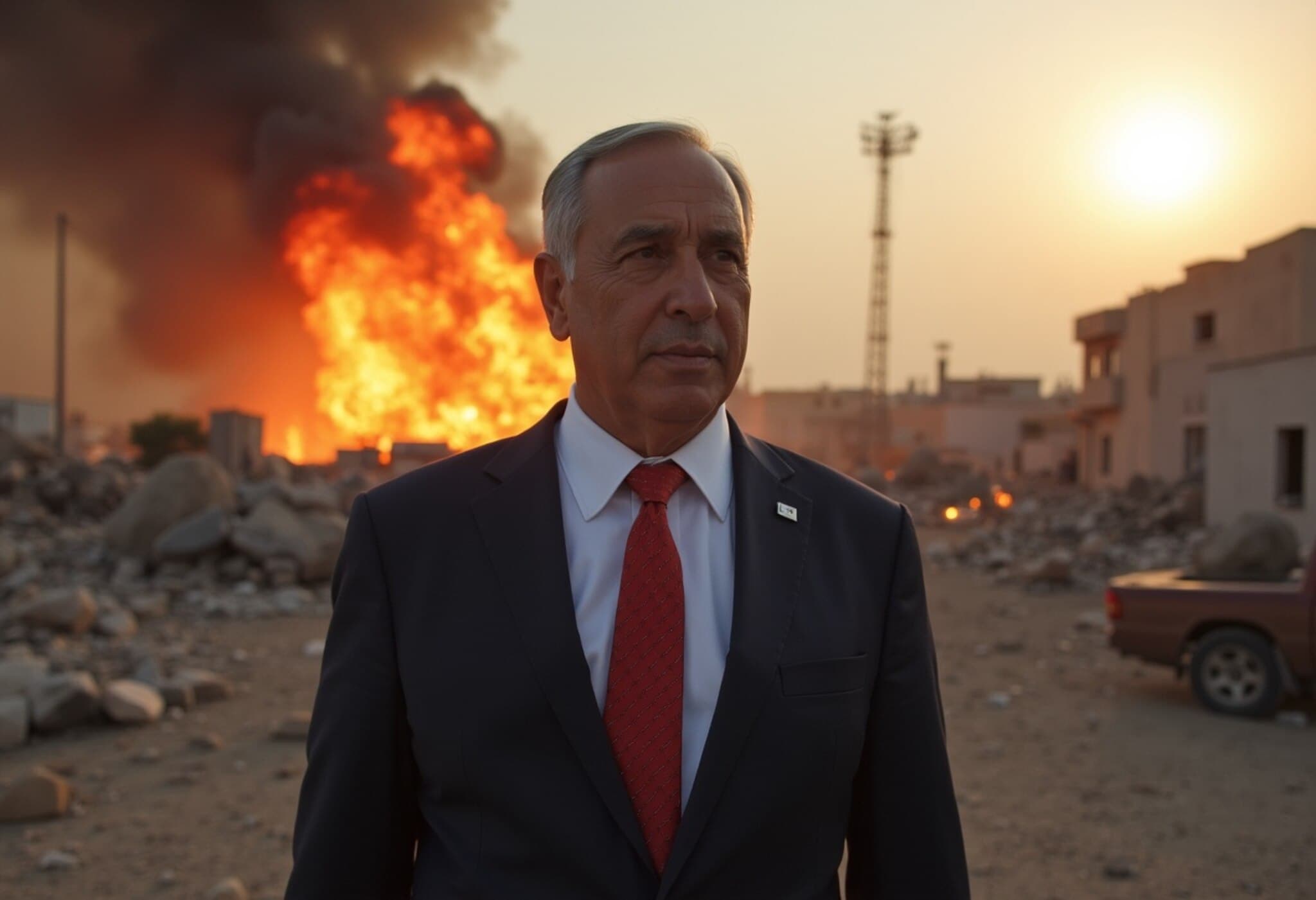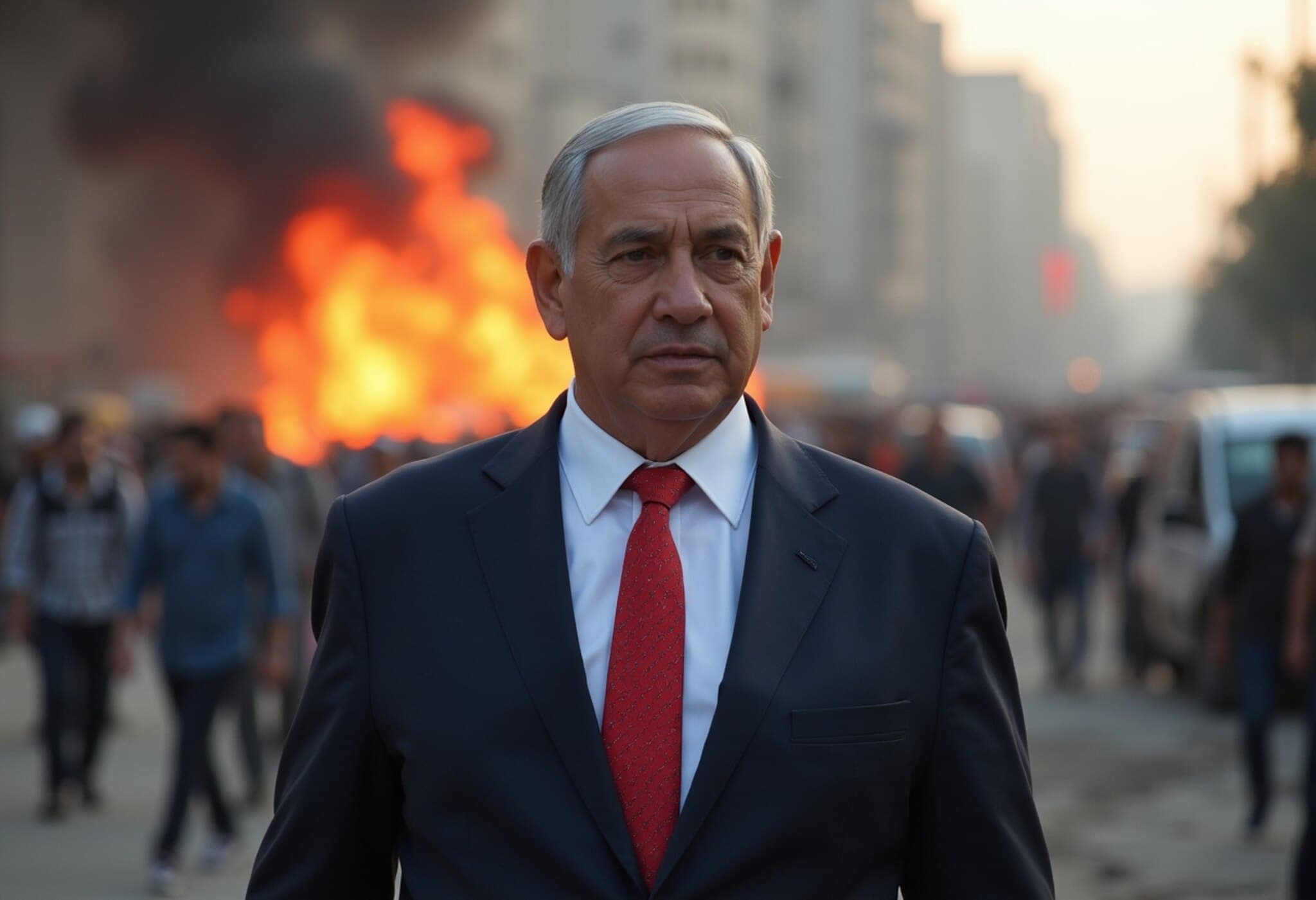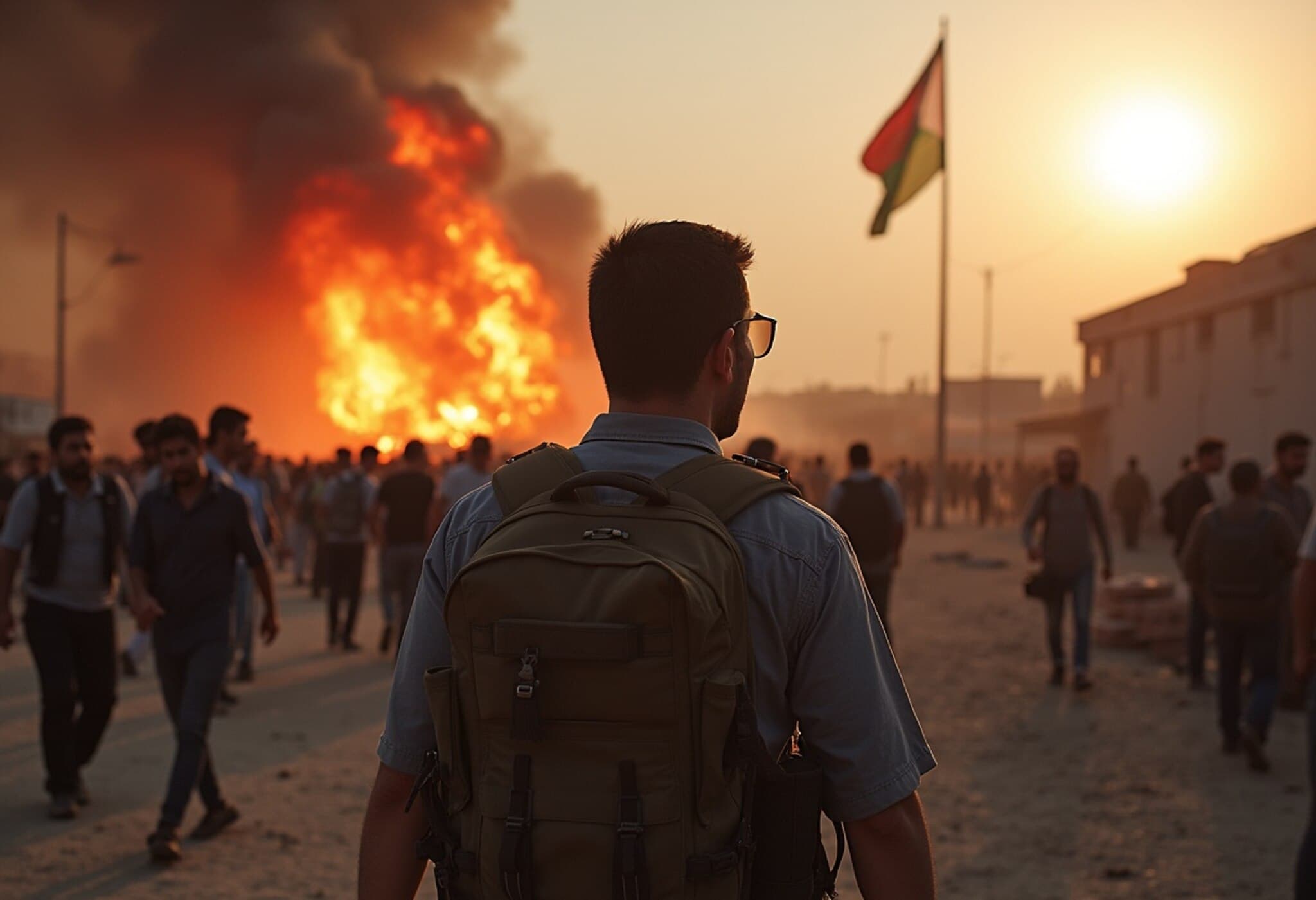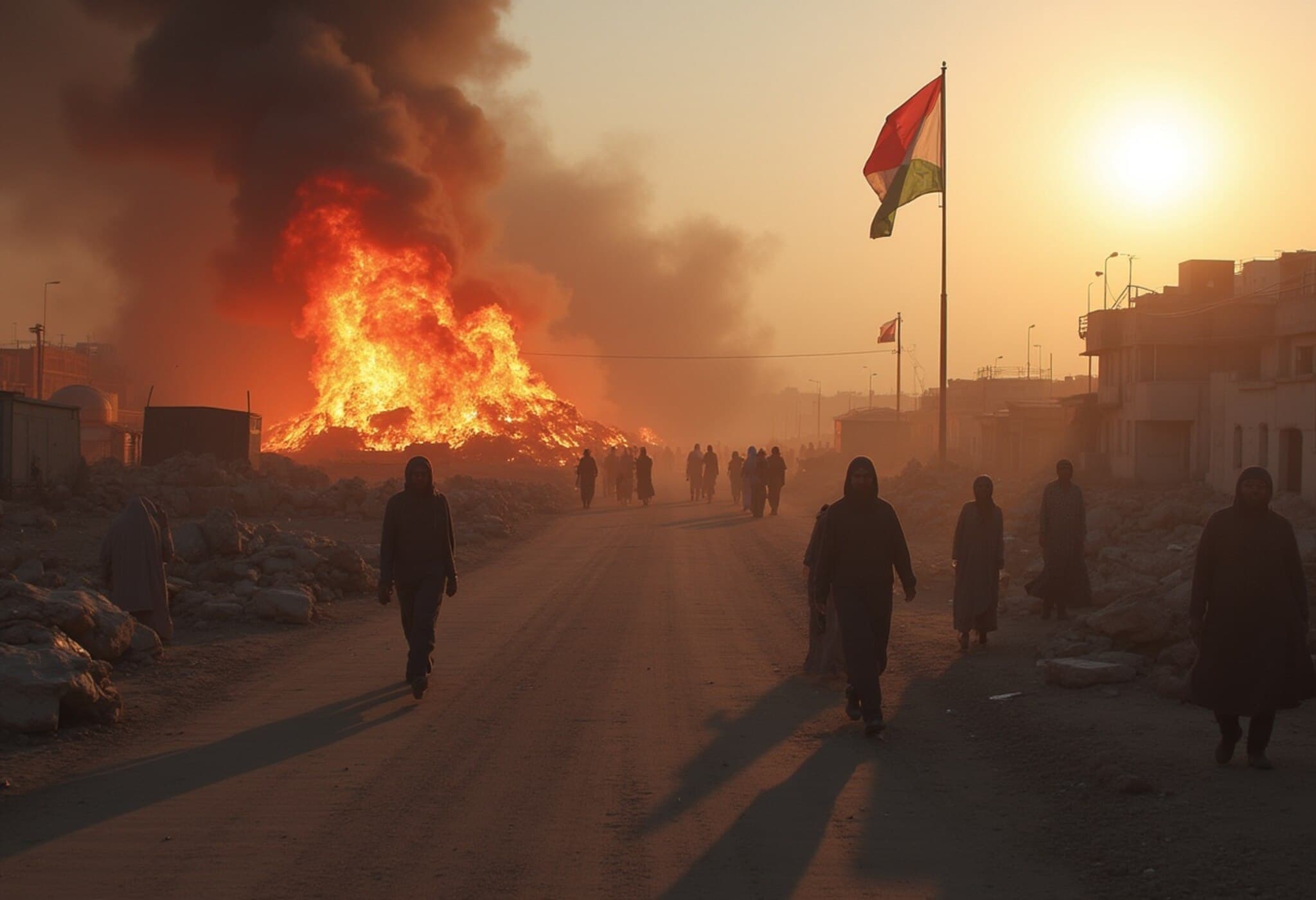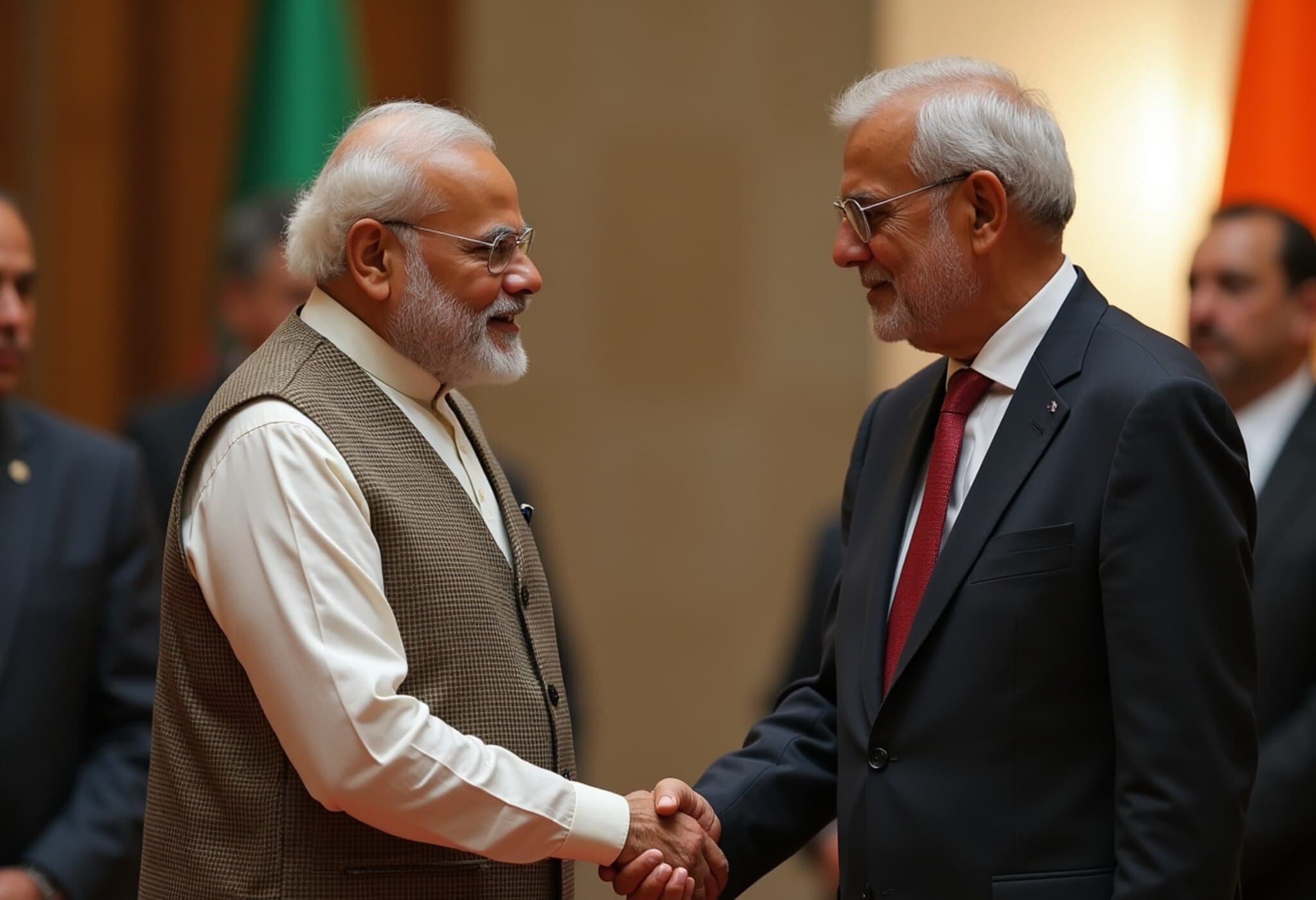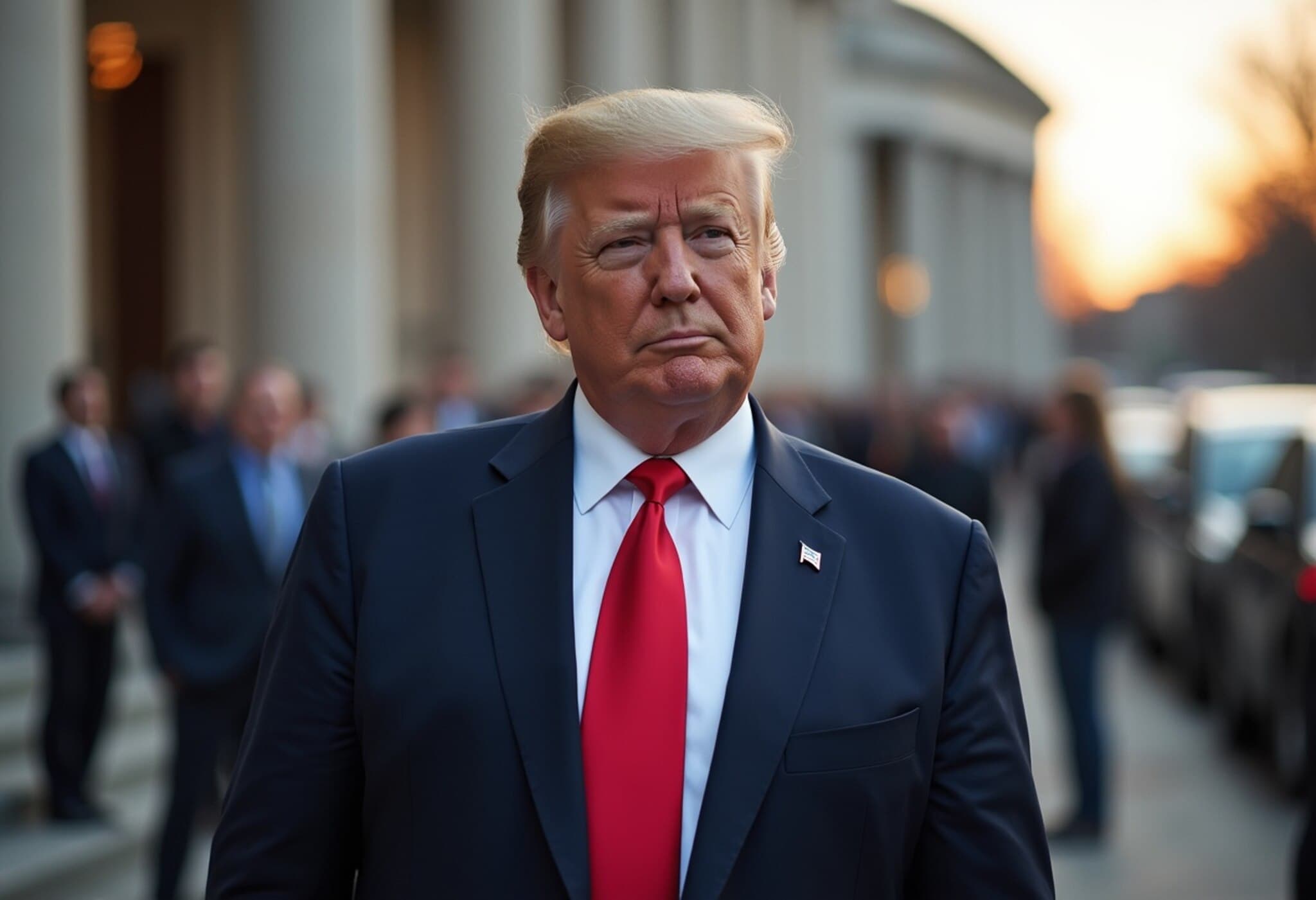Trump, Netanyahu Renew Talks to Forge Gaza Ceasefire Agreement
In a high-stakes diplomatic effort, US President Donald Trump is set to meet Israeli Prime Minister Benjamin Netanyahu once more this Tuesday, aiming to advance negotiations toward a ceasefire in Gaza. This follows their recent White House dinner, emphasizing the urgency of resolving the ongoing conflict that has drawn global concern.
The Third Visit to Washington Highlights Intensified Engagement
Netanyahu's current stay in Washington marks his third visit since Trump resumed office in January, underscoring the deepening ties and continuous dialogue between the two leaders amid regional turmoil. Scheduled to remain in the capital until Thursday, Netanyahu's agenda includes discussions not only with President Trump but also key US officials such as Vice President JD Vance, Republican House Speaker Mike Johnson, and members of the US Senate.
Focusing on Gaza: A Shared Urgency to End the Conflict
Speaking during a routine cabinet meeting, President Trump expressed a clear prioritization of the Gaza situation: “We’re going to be talking about, I would say, almost exclusively Gaza. We’ve got to get that solved. It’s a tragedy, and he wants to get it solved, and I want to get it solved, and I think the other side wants to.” This statement highlights the shared desire between the US and Israeli leadership to break the current deadlock.
Behind the Scenes: Indirect Talks and Ceasefire Prospects
Steve Witkoff, Trump’s special envoy, shed light on ongoing indirect negotiations between Israel and the Palestinian militant group Hamas, occurring in Qatar. Witkoff expressed guarded optimism about reaching an agreement by week’s end:
- A 60-day ceasefire as the likely outcome.
- Release of ten live hostages currently held.
- Return of remains of nine deceased individuals, marking a humanitarian step forward.
This diplomatic push represents a critical attempt to ease one of the most enduring and volatile conflicts in the Middle East. The indirect nature of the talks, facilitated through Qatar, represents a delicate but vital backchannel communication often necessary in deeply entrenched conflicts.
Expert Insight: The US Role in Middle East Peace Efforts
As the United States reasserts itself in Middle Eastern diplomacy under Trump, this renewed dialogue with Netanyahu signals Washington’s commitment to broker peace while safeguarding strategic alliances. American mediation, especially through envoy-led indirect talks, plays an essential role in balancing pressure and dialogue.
However, analysts caution that a 60-day ceasefire, while a positive initial step, is only a temporary respite. The challenge remains to address the underlying political grievances fueling the violence, including governance disputes and humanitarian concerns in Gaza.
What’s Next?
Netanyahu’s engagements with American lawmakers throughout the week will likely aim to solidify US support both politically and financially. These talks also shine light on how congressional dynamics impact foreign policy decisions, particularly with a Republican-led House advocating for firm support of Israel.
As these negotiations progress, the international community watches cautiously, hopeful yet aware of the fragile nature of ceasefires in this conflict.
Editor’s Note
This unfolding diplomatic effort between Trump and Netanyahu highlights the complexities of achieving peace in Gaza. While the prospect of a ceasefire and hostage releases is encouraging, the underlying issues demand sustained, multilateral engagement beyond temporary truces. Readers are invited to consider how enduring peace can be realistically pursued in conflict zones where humanitarian and political stakes are deeply intertwined.

